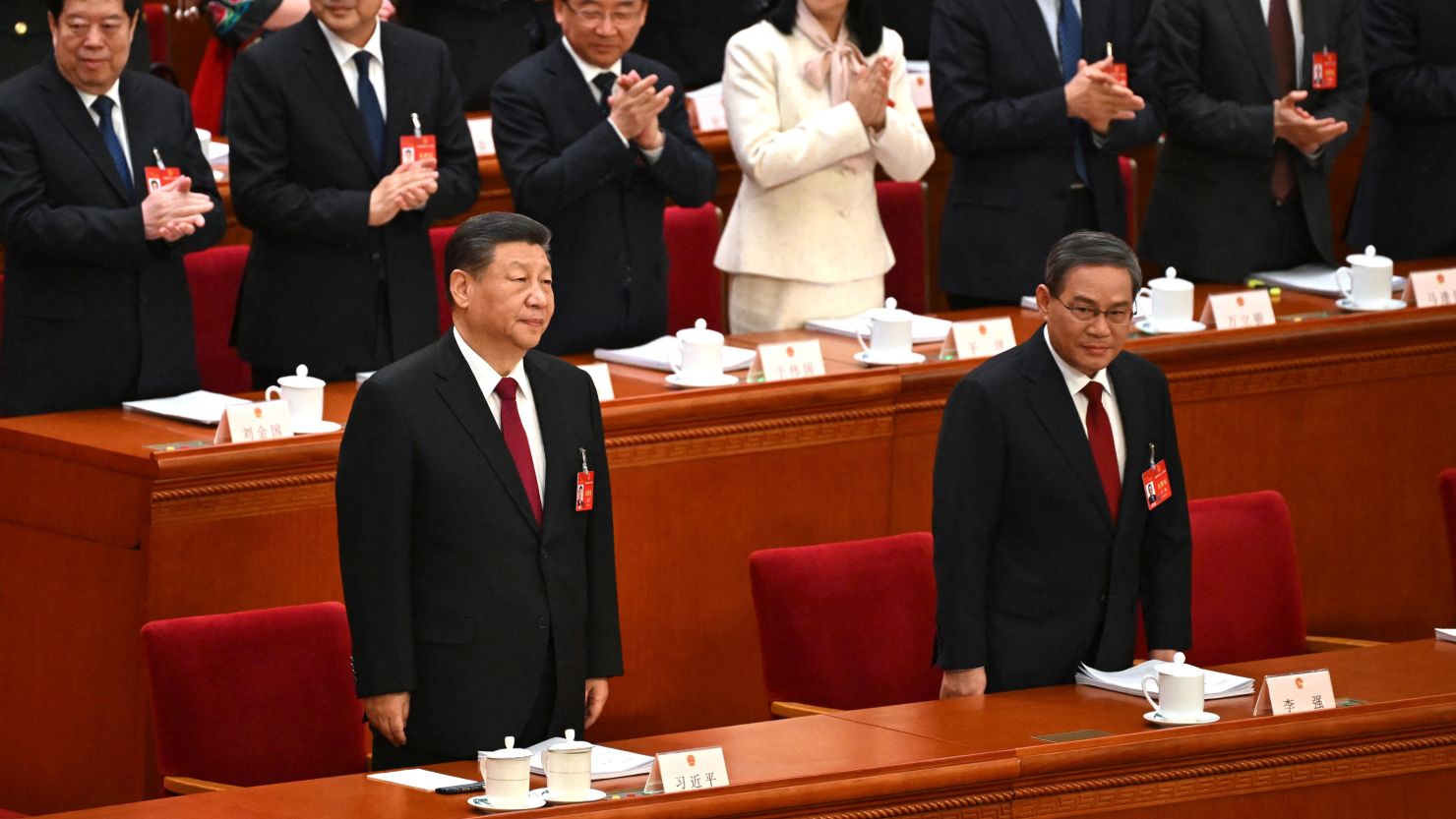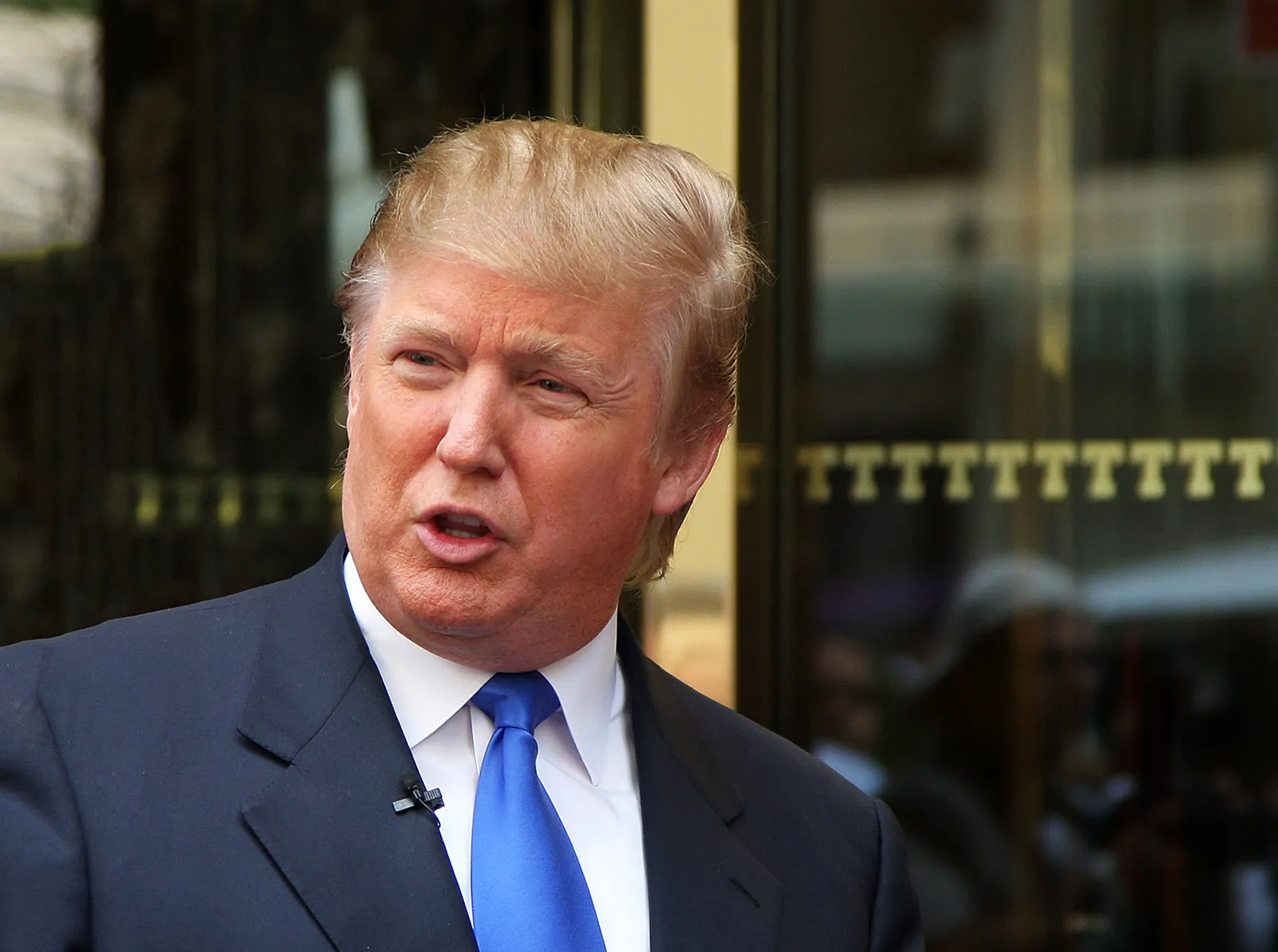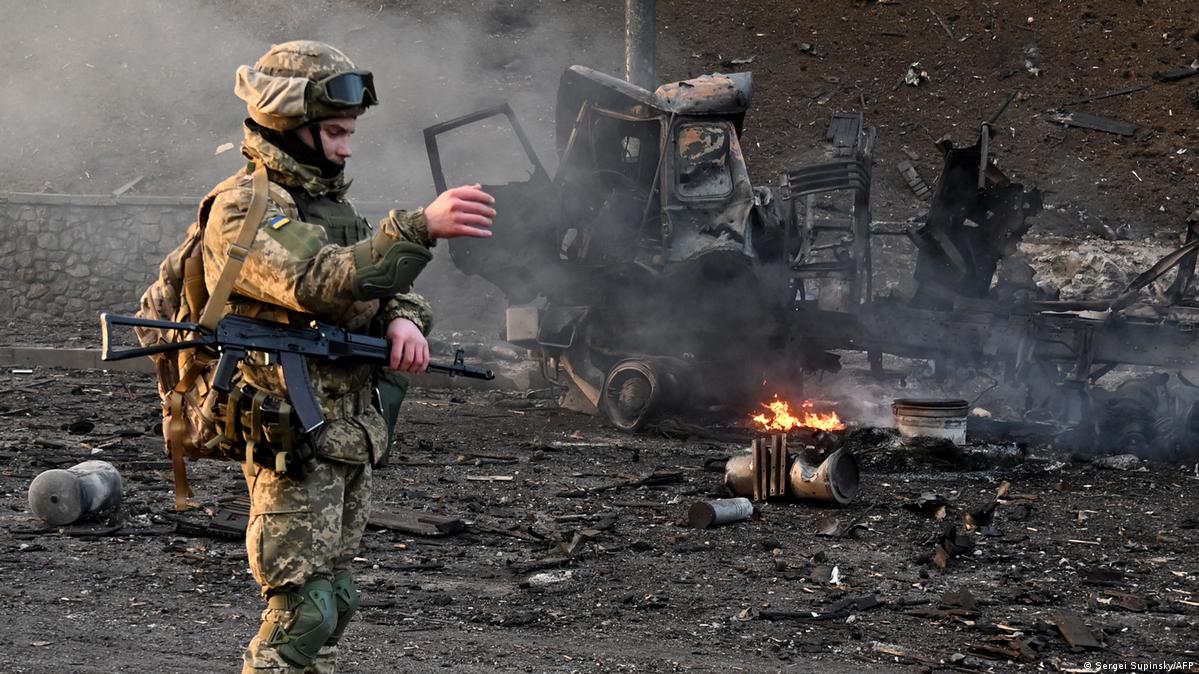US President Trump visited Apple’s factory in Texas on November 20th, saying that China’s actions in trade negotiations did not meet his expectations, saying that it has not yet reached a trade agreement with China. In fact, the China-US trade negotiations have indeed not shown positive progress that can be praised.
According to the original plan of the two countries, the United States will impose a 10% tariff on Chinese goods of 180 billion U.S. dollars on December 15. China will also impose a 10% tariff on 912 tax items on the same day, and 2449 tax items. A 5% tariff is imposed, involving approximately $40 billion in US goods.
According to previous estimates, China and the United States will sign the first phase of trade agreements between Xi Jinping and Trump at the end of November or early December. However, with the cancellation of the Asia-Pacific Economic Cooperation (APEC) summit by the host country, Chile, the US dollar did not have the opportunity to meet in the multilateral forum. Now Xi Jinping has returned from the Western Hemisphere after participating in the BRICS summit in Brazil. The People’s Daily also called Xi Jinping’s trip to the brick wall as “the ending of this year’s visit.” Trump could not visit China during the year. The Chinese dollar did not have the opportunity to meet in 2019 to sign the agreement.
In fact, when the chairman of the National Economic Council and the White House chief economic adviser Larry Kudlow told reporters in front of the White House on November 15, “the two capitals have repeatedly stated that the first-stage trade agreement between China and the United States can be When the officials of the two countries signed, the first phase agreement is unlikely to be signed by Trump and Xi Jinping.
The first phase agreement should be signed in December or January
It is now certain that the first phase of the agreement will be signed by two trade negotiators, Robert Lighthizer and Liu He. As for the time of signing, although there are still many variables that can be changed, according to the attitudes of the two countries in recent days, “cautiously optimistic” and “will continue to maintain close communication”, it should be the matter of December or January this year, whether it is Before Christmas or Chinese Lunar New Year, it may be a good time and a very festive time.
Of course, even if the recent news should not affect the signing of the first phase of the trade agreement, but China and the United States no longer talk about “signing by the head”, “cautious optimism” and so on, and even Trump’s “grievance”, which shows that China and the United States There are some things that have not been finalized in the negotiation process. Such as the tariff reduction, the amount of agricultural products purchased, and even the number of state-owned enterprises, finance, intellectual property protection reform plans to be written in the first phase of the agreement. After all, as Reuters quoted trade experts and people close to the White House on November 20th, Trump and US Trade Representative Wright Heze admitted that if the agreement did not involve core intellectual property rights and mandatory technology transfer issues, Withdrawal of customs duties is not a good thing for the White House.
Therefore, in these “unfinished things”, the purchase volume of agricultural products is well resolved, and the United States must also need to make appropriate tariff reductions for them, which will be included in the first phase of the trade agreement. As for the reform measures and more tariff reductions, it is more likely to occur in the “Second Phase”, “Phase III” or “Final Agreement”.
On the other hand, the reason why the trade negotiations between the two countries still have no exact timetable seems to be because Beijing is “delaying the negotiations.” Trump’s accusation that China’s actions in trade negotiations did not meet his expectations was true. Trade negotiations have developed into the current situation. Influenced by the domestic affairs of the two countries and the political system of the two countries, the White House is obviously more anxious than Zhongnanhai. Otherwise, Trump does not need to say “there is no silver in this place.” I hope to reach an agreement as soon as possible.”
Under this circumstance, Beijing can and should take the initiative to grasp the negotiation process and cooperate appropriately, and accompany Trump to sing this double-story drama to ensure the balance between the market and the real benefit – this is also the essence of China-US trade negotiations: It is about the double-spring drama of the show and the real.
a co-operating double-spring drama
In this intertwined double-reed drama, both the Chinese and American governments have their own surface appeals and more critical substantive appeals.
For the White House in Washington, the reduction of the trade deficit is “arrangement,” and the support for electoral politics is “real gain.” Whether it is the persistence of China’s purchase of agricultural products to the United States or the pursuit of “American win, China loses”, it is to better produce a bright import and export data, reducing the nearly 400 billion US dollars. The US-China trade deficit, and this is in order to provide bounty for electoral politics.
The ability to use all available achievements, resources and tools to win the 2020 presidential election is the core appeal of the White House.
For Beijing Zhongnanhai, urging the United States to revoke tariffs is “arrangement,” and maintaining China-US relations is fundamentally “real gain.” On the one hand, the elimination of tariffs can provide more orders for many Chinese enterprises, ensure the income and livelihood of manufacturers and workers, and on the other hand, they can show their achievements with the US and boost market confidence. As for the big purchase of American agricultural products, this is in line with the rapidly growing consumption power of the Chinese market. As long as the amount is reasonable, it is not a problem. The more crucial goal is to maintain the overall stability of China-US relations. By reducing frictions and preventing China’s tough and even radical position, it will further sit in the United States and prevent further deterioration of China-US relations.
Can we meet the US reforms in China by increasing procurement of goods to the United States and within the framework of our own reform plans, thereby ensuring the peace and stability of China-US relations and creating stable external conditions for China to continue to complete unsuccessful development and reform? The realization of “two 100 years” and “great rejuvenation of the Chinese nation” is the core appeal of Zhongnanhai.
Both China and the United States have their own goals of “arranging” and “real gain”, which provides a basis for consensus between the two countries to sign trade agreements and terminate trade wars. China did not want to trade with the United States from the beginning, and Trump began thinking about how to end the trade war beautifully from the moment he started the trade war. This is what the real estate developers started thinking about when they invested in the land. How to arbitrage exit is the same reason.
Therefore, for its own actual goals, China can also properly cooperate with Trump to decorate the agreement to be more “grand” for him to deliver to the American audience. China and the United States will soon sign the first phase agreement, which can be signed by Trump and Xi Jinping. Of course, there will be better visual effects, but it is not impossible for the trade representatives of the two countries to sign, and it will be closer to the US election next year. It is also a good thing to be headed by the two heads of state.











